Artabanus III of Parthia: A Monarch in the Midst of Turmoil
Parthian history is replete with intrigue, power struggles, and shifts in allegiance, making it both fascinating and complex. One of the most enigmatic rulers of this illustrious period was Artabanus III, who reigned over the Parthian Empire during a turbulent era marked by both internal instability and external aggression. Born into a lineage rooted in robust dynastic traditions, Artabanus III's reign presents a compelling narrative shaped by challenges and decisions that continue to draw the interest of historians and scholars.
The Parthian Empire in Context
Before delving into the life of Artabanus III, understanding the broader context of the Parthian Empire is crucial. Established in the mid-3rd century BCE, the empire spanned a geography that placed it at a critical juncture between the Roman Empire to the west and several powerful dynasties to the east. This strategic positioning made Parthia a melting pot of cultures and an important player in the politics of the ancient world. During its height, the empire stretched from the Euphrates River in the west to present-day Afghanistan in the east, encompassing a variety of cultural and ethnic groups, all under the umbrella of the Parthian monarchical rule.
The Rise of Artabanus III
Artabanus III ascended to the throne in a period of significant unrest. Details about his early life remain somewhat obscure, typical of Parthian kings due to the lack of comprehensive contemporary records. However, it is known that Artabanus was a member of the Arsacid dynasty, which had ruled Parthia for several centuries. His claim to the throne was contentious, as he emerged during a time when the empire was afflicted by rival claims and civil discord, posing a serious threat to the unity and stability that had characterized earlier reigns.
Upon his rise, Artabanus III had to contend with the legacy of his predecessors, whose reigns had been marred by internal dissent and external threats. The Parthian nobility, particularly the influential magnates who held significant regional power, were prone to rebellion and shifting alliances. This scenario necessitated a strategic balancing act by Artabanus to secure his rule and maintain control over the sprawling empire. His ascension was not just a matter of dynastic succession but also involved navigating a complex network of political allegiances.
Challenges from the Roman Empire
A significant part of Artabanus III's reign involved addressing the persistent threat posed by the powerful Roman Empire. Rome and Parthia had been at odds for decades, their rivalry intensifying over control of key territories in the Near East. This ongoing friction made the Parthian throne a precarious seat, especially for a ruler looking to assert authority and maintain the empire's sovereignty. Roman incursions were not just military challenges but affected the political landscape within Parthia, often leading to uprisings fueled by Roman support of rival claimants to the Parthian throne.
During Artabanus' reign, one of the episodes that exemplifies this rivalry was the conflict over Armenia, a strategically vital region both empires sought to control. Maintaining a stable Armenia was crucial as it acted as a buffer zone between the two superpowers. The tensions culminated in a series of confrontations that required deft diplomacy and military strategy from Artabanus. His dealings with Rome not only highlight his capabilities as a strategist but also underline the perpetual strains between these two ancient giants.
Internal Struggles and the Quest for Stability
In addition to external threats, Artabanus III grappled with significant internal challenges that stemmed from the nature of Parthian governance. The Parthian political structure relied heavily on the integration and cooperation of diverse satraps (provincial governors) who wielded considerable local power. While this decentralized system enabled swift administration across vast territories, it also led to frequent power struggles and insubordination. Artabanus' reign was marked by efforts to strengthen central authority and curtail the ambitions of rebellious nobles.
The narrative of Artabanus III's rule is inextricably linked to his attempts to enforce royal authority and reform administrative practices to ensure loyalty. His approach to leadership often involved both negotiations and military campaigns to subdue dissent. These endeavors were indispensable in striving for an enduring peace within the empire's borders. Moreover, the success of his campaigns often hinged on his ability to unify the diverse ethnic and cultural communities under his governance—a feat easier said than done given the intrinsic differences within the empire.
Cultural and Economic Developments
Despite the tribulations Artabanus faced, his reign also witnessed noteworthy cultural and economic developments. The Parthian Empire was a vibrant center of cultural exchanges, and during Artabanus' time, the Silk Road served as a conduit for trade and cultural interactions between the East and West. The capital, Ctesiphon, emerged as a cosmopolitan hub where merchants, artisans, and scholars congregated, fostering an environment of intellectual and cultural prosperity.
Economically, the reign of Artabanus III sought to stabilize the empire's trade routes, which were indispensable to maintaining its wealth and influence. By keeping the Silk Road operational and secure, Artabanus ensured that commerce flourished despite the overarching challenges. This not only reinforced the empire's economic foundations but also facilitated cultural exchanges that enriched the Parthian civilization.
Thus, Artabanus III of Parthia was a king defined by his resilience in the face of formidable adversities. His reign was characterized by a delicate balance of diplomacy, military might, and unwavering ambition to preserve and fortify the Parthian Empire's heritage and significance in the ancient world. As we explore his legacy further, Artabanus III emerges not merely as a ruler in a time of turmoil but as a symbol of the enduring spirit of the Parthian dynasty.
Turbulent Diplomacy and Resolution
The reign of Artabanus III was set against a backdrop of incessant diplomatic maneuvering. The equilibrium he sought with Rome, though elusive, represented a goal that demanded persistent negotiation and tactical foresight. In the struggle over Armenia—an enviable prize for both empires—Artabanus engaged in a series of diplomatic efforts aimed at affirming Parthian influence without arousing the full ire of Rome. This delicate dance underscored his tenure, with Artabanus periodically backing Armenian princes as client kings, a strategy that intermittently strained and alleviated tensions with the Romans.
In one of the most illustrative moments of his rule, Artabanus met with the Roman Emperor Tiberius' envoy, Germanicus, around AD 18, an encounter aimed at mediating their imperial interests. Although the meeting did not yield a lasting resolution, it set a precedent for dialogue and demonstrated Artabanus' commitment to diplomacy as a tool to navigate the treacherous political waters of the time. His ability to engage in diplomacy while asserting military readiness highlighted his multi-faceted approach to leadership, revealing a king capable of adapting his strategies to suit the shifting political landscape.
Factionalism and Royal Authority
Internally, the key challenge Artabanus III contended with was the factionalism prevalent among the Parthian nobility, which constantly undermined royal authority. The powerful Parthian noble families, whose allegiance was often unpredictable, posed a recurrent threat to the cohesive governance of the empire. Unlike the more centralized Roman system, Parthia's aristocratic framework allowed these families significant autonomy, leading to rivalries that frequently erupted into open rebellion.
Artabanus' strategies to mitigate these insurrections involved a combination of conciliatory and punitive measures. He worked to tighten royal control by appointing loyalists to pivotal positions and integrating trusted allies into his inner circle to dilute the power of potentially antagonistic nobles. Despite his efforts, rebellion simmered beneath the surface, flaring up intermittently and challenging his authority. Nevertheless, his persistence in dealing with these perennial issues showcased a king who understood the necessity of asserting royal dominance to prevent the fracturing of the empire.
Strategic Marriages and Alliances
As with many rulers of antiquity, Artabanus III engaged in strategic marriages and alliances to solidify his rule and extend Parthian influence. Marriages were not merely personal unions; they resonated with political implications, binding disparate factions and fostering unity across the empire. Artabanus keenly used these ties to bolster his reign, ensuring that strategic unions complemented his broader aim of solidifying power and thwarting insurrection.
Such alliances were crucial not only within the Parthian territories but also in maintaining relationships with neighboring states. By marrying into influential families, Artabanus sought to entwine his dynasty with the interests of powerful factions, creating a network of alliances that would fortify his political standing. In many ways, these alliances served as deterrents to Roman aggression and internal treachery, emphasizing the importance of diplomacy even in personal affairs.
Military Campaigns and Governance
Despite being a proponent of diplomacy, Artabanus III was no stranger to using military might when necessary. His reign included several military campaigns aimed at consolidating power and curbing revolts. In attempting to subdue unruly factions, Artabanus often deployed military force, launching expeditions into rebellious territories to restore order and demonstrate the might of the crown. These efforts were vital in reasserting control and conveying a message of strength to both internal and external adversaries.
Artabanus' military ventures were not solely reactive but also strategic. By fortifying key regions and securing trade routes, he aimed to protect the economic and strategic interests of the empire. His military endeavors were integral to his administration, sustaining the infrastructure necessary for effective governance and the empire's prosperity in difficult times. By ensuring the loyalty of the army and its leaders, Artabanus also secured a critical pillar of support that buttressed his rule against potential coups and conspiracies.
Religious and Cultural Patronage
Beyond politics and war, Artabanus III's reign was notable for its contribution to religious and cultural life in Parthia. A polytheistic realm with a rich tapestry of religions, including Zoroastrianism, Hellenism, and local cults, the Parthian Empire was a melting pot of beliefs and traditions. Artabanus' patronage extended to various religious communities, creating an atmosphere of tolerance that enabled diverse cultural practices to thrive.
Artabanus is credited with nurturing the arts, architecture, and literature, helping Parthian culture to flourish. Under his auspices, the cultural exchange facilitated by the empire's strategic location on the Silk Road reached a zenith. Parthian art, with its distinct blend of Hellenistic and indigenous elements, saw significant development during his time, a testament to his commitment to cultural patronage.
This cultural prosperity was not merely ornamental but served a deeper purpose in binding the empire's various ethnic groups together. By promoting cultural projects and supporting religious activities, Artabanus fortified the social fabric of his realm, fostering a shared identity amid diversity.
Legacy and Historical Evaluation
Artabanus III's legacy reflects a composite of his numerous and varied efforts to steer the Parthian Empire through an era of profound challenges. While his reign was fraught with difficulties, his tenacity in dealing with both external threats and internal discord showcases a ruler of considerable acumen and resilience. Historians often regard him as a determined, albeit embattled, monarch who strove to maintain the empire's prestige and integrity amid constant turbulence.
The narrative of Artabanus III is as much about the individual as it is about the era's broader geopolitical and social dynamics. His attempts to defend the sovereignty of the Parthian Empire and uphold its cultural heritage stand as a testament to his reign's enduring significance. Despite not achieving lasting peace or full cohesion across his dominion, his actions laid groundwork that would influence subsequent rulers and define a crucial chapter in Parthian and ancient history.
In continuing to explore the intricate tapestry of Artabanus III's rule, we delve deeper into the role of leadership, legacy, and cultural heritage—a confluence of forces shaping an epoch both remarkable and turbulent. As we move into the next part of our exploration, we will further uncover Artabanus' influence, offering additional layers of insight into his impactful reign.
The Decline and Challenges of Governance
As the reign of Artabanus III unfolded, the internal and external pressures mounted, leading to the gradual decline of his hold over the empire. This period of waning influence was not unique to Artabanus but rather indicative of the broader challenges faced by the Parthian state. A combination of political, social, and economic factors complicated his efforts to stabilize his rule, reflecting the inherent fragility within the empire's structure.
One of the critical issues was the recurrent unpredictability within the noble factions. Despite Artabanus’ attempts at centralizing power and quelling dissent, the autonomy enjoyed by the regional satraps continued to nurture the seeds of rebellion. This autonomy allowed them to levy taxes and maintain private armies, enabling them to challenge the central authority whenever disputes arose. Consequently, perpetual infighting among the nobility distracted Artabanus from fully focusing on external threats and reforms aimed at strengthening his governance.
Economic Pressures and Administration
The empire's economic pressures further exacerbated these challenges. Although Artabanus managed to stabilize trade routes and maintain lucrative exchanges through the Silk Road, internal unrest and external incursions put a continuous strain on the empire's resources. The cost of maintaining a standing army and ensuring the empire’s defenses were perpetually prepared to repel invasions stretched the economic fabric of Parthia.
Artabanus' administration sought to improve fiscal health through various means, including the reformation of tax policies and the optimization of trade practices. However, these efforts were often undermined by the realities of administering a vast, heterogeneous empire. The difficulty lay not just in logistical execution but in accommodating the diverse economic interests across different regions. Ensuring equitable governance and preventing exploitation often proved challenging, thus presenting a persistent barrier to the ruler's economic initiatives.
The Meandering Path of Diplomacy
The latter part of Artabanus III's reign saw attempts to re-invigorate diplomatic ties with Parthia's neighbors, aiming to secure allies and placate potential adversaries. Diplomacy, however, remained an intricate game of negotiation amid a rapidly shifting power landscape. The Roman Empire continued to assert pressure along the western frontier, while smaller regional powers leveraged their positions to gain advantages at Parthia's expense.
Artabanus' attempt to re-establish friendly relations with Roman-controlled territories illustrated this complex diplomatic dance. His endeavors at maintaining amicable relationships were occasional, seeing temporary stalemates rather than enduring peace. Despite these setbacks, his diplomatic efforts reflected an understanding of the necessity to coexist with neighboring powers, balancing aggression with conciliation to ensure the empire's survival.
Cultural Flourishing Amidst Decline
Yet amidst these challenges, the cultural milieu of Parthia continued to witness a unique flourishing. Artabanus III's patronage of the arts was instrumental in this, fostering an environment where cultural endeavors thrived even as political and economic difficulties multiplied. Literature, particularly the blending of Greek and local traditions, saw new expressions during this time, reflecting the cosmopolitan nature of Parthian society.
Iconography and architecture benefitted significantly under Artabanus' reign, with monumental projects that emphasized the emperor’s legitimacy and the glory of the Arsacid dynasty. Such patronage was not just an artistic endeavor but a political statement aimed at reinforcing Artabanus' rule by invoking cultural identity as a unifying force among the empire's disparate peoples. The resultant artistic legacy contributed richly to the wider cultural tapestry of the ancient Near East, leaving a lasting impact that outlived the empire itself.
A Succession Crisis and Its Aftermath
As Artabanus III's reign drew to a close, the issue of succession became a paramount concern, threatening to unravel his efforts at maintaining cohesion. The Parthian system of succession was often fraught with ambiguity, resulting in power struggles among claimants. The lack of a clear heir prompted factions within the nobility to vie for influence, each championing a candidate favorable to their interests.
The ensuing succession crisis exacerbated existing tensions within Parthia, igniting a period of instability that would challenge any successor striving to fill the vacuum left by Artabanus’ departure. This turbulence highlighted the fragility of Parthian governance, where the absence of a defined line of succession fostered discord readily exploited from within and outside the empire. Artabanus’ death, therefore, marked not merely an end but a turning point, inviting further conflict in the battles to control the Parthian throne.
The Enduring Legacy of Artabanus III
Artabanus III's legacy is one of both commendable resilience and inevitable decline, emblematic of a ruler juggling the burdens of maintaining an empire amid persistent adversities. Despite the setbacks, his reign represents a period of dynamic cultural development and strategic attempts to bolster the unity and prestige of Parthia.
While he ultimately faced challenges that stymied his long-term ambitions, Artabanus III's story offers valuable insights into the complexities of ancient governance—a testament to the need for adaptive leadership in fluctuating circumstances. Through his efforts, the narrative of Parthia's past becomes clearer, a mosaic of leadership marked by endeavors to harness the strengths of a rich and diverse empire.
Despite the struggles that dominated his era, Artabanus III of Parthia stands as a significant figure among the annals of ancient rulers. His lifetime encapsulates the indispensable synergy of military prowess, diplomatic acumen, and cultural promotion in both the rise and perseverance of historical empires, underscoring the ever-relevant lessons of history in the pursuit of governing diverse and expansive regions. Thus, as we reflect on Artabanus III’s legacy, the echoes of his reign continue to enrich our understanding of the complexities inherent in the dynamics of power and leadership.
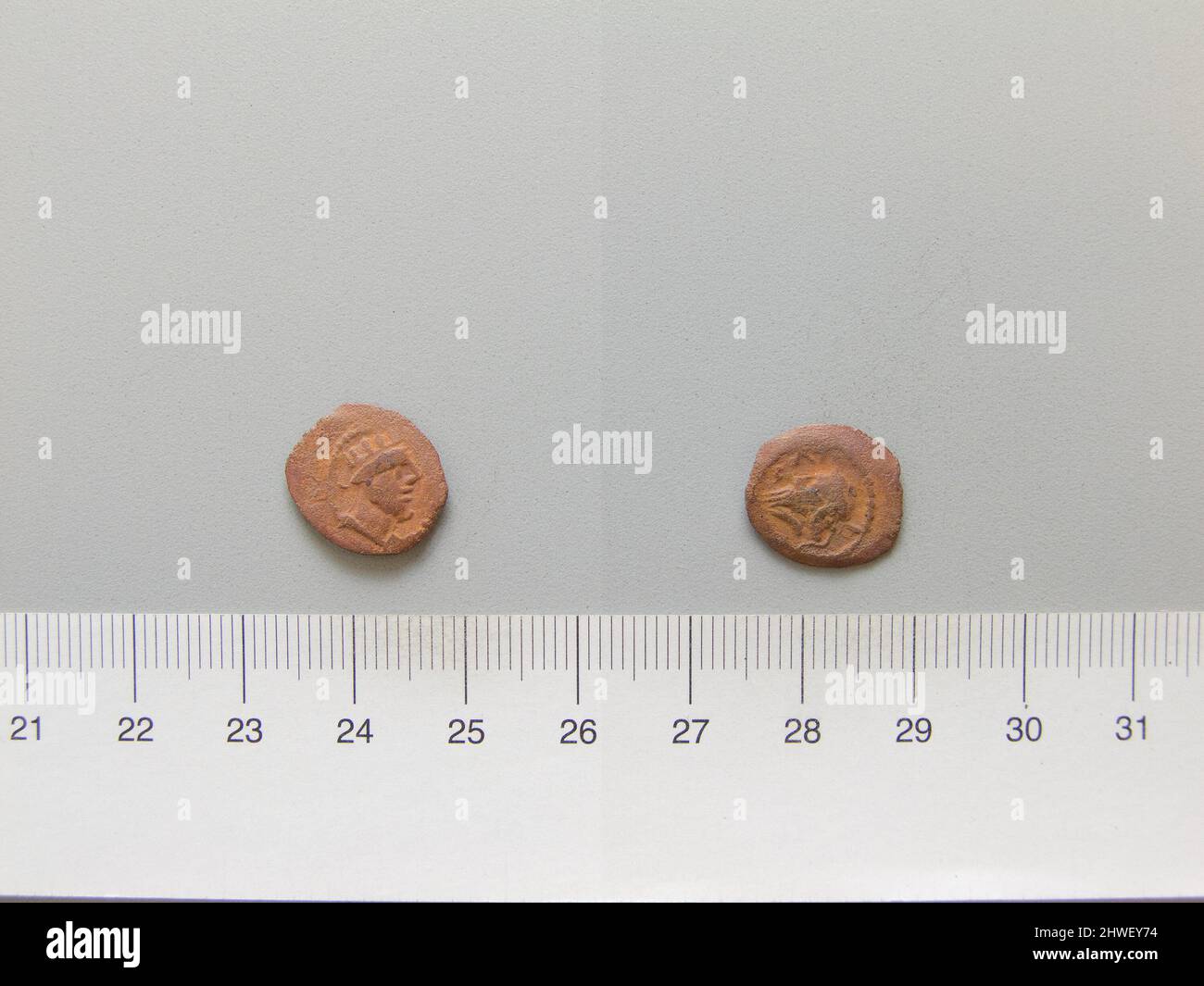
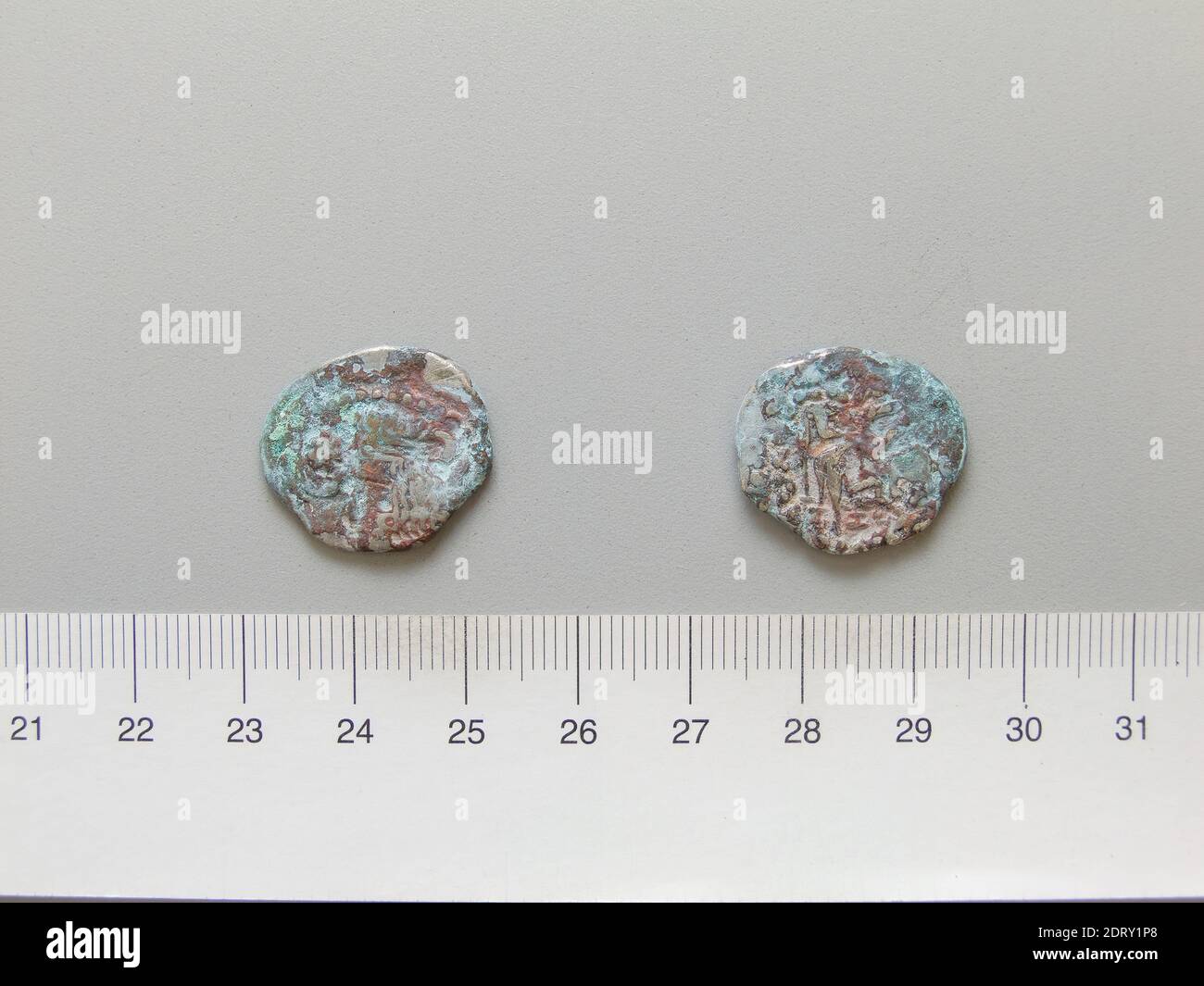
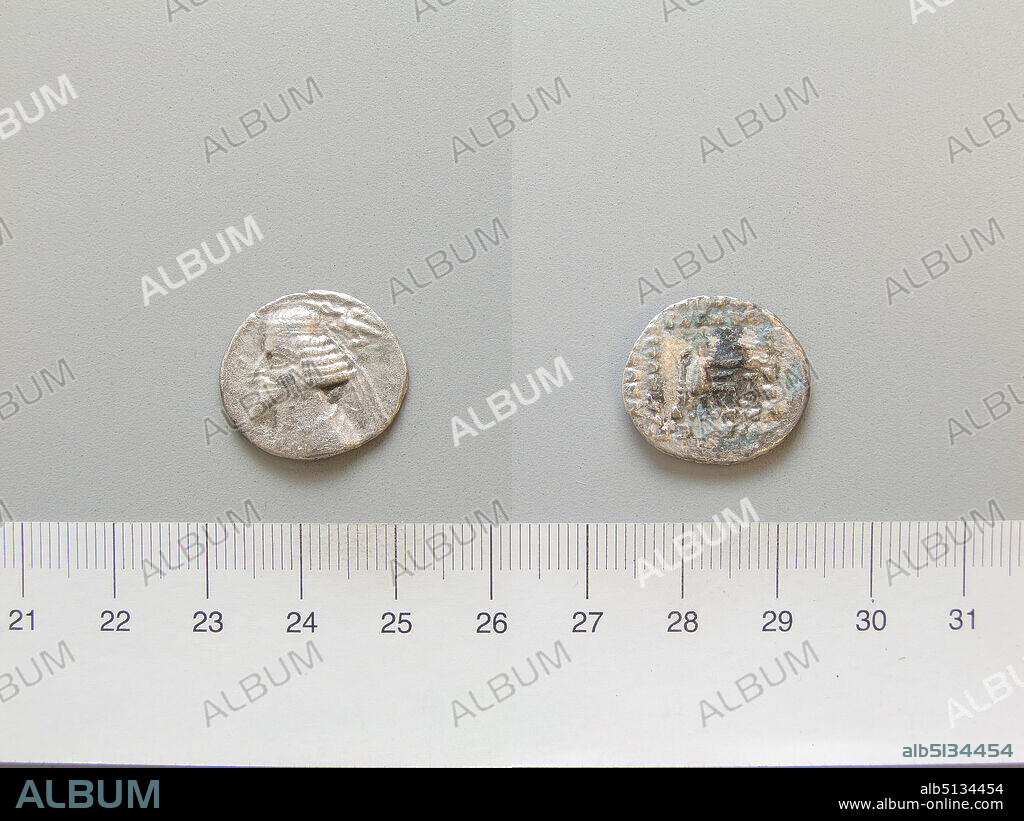
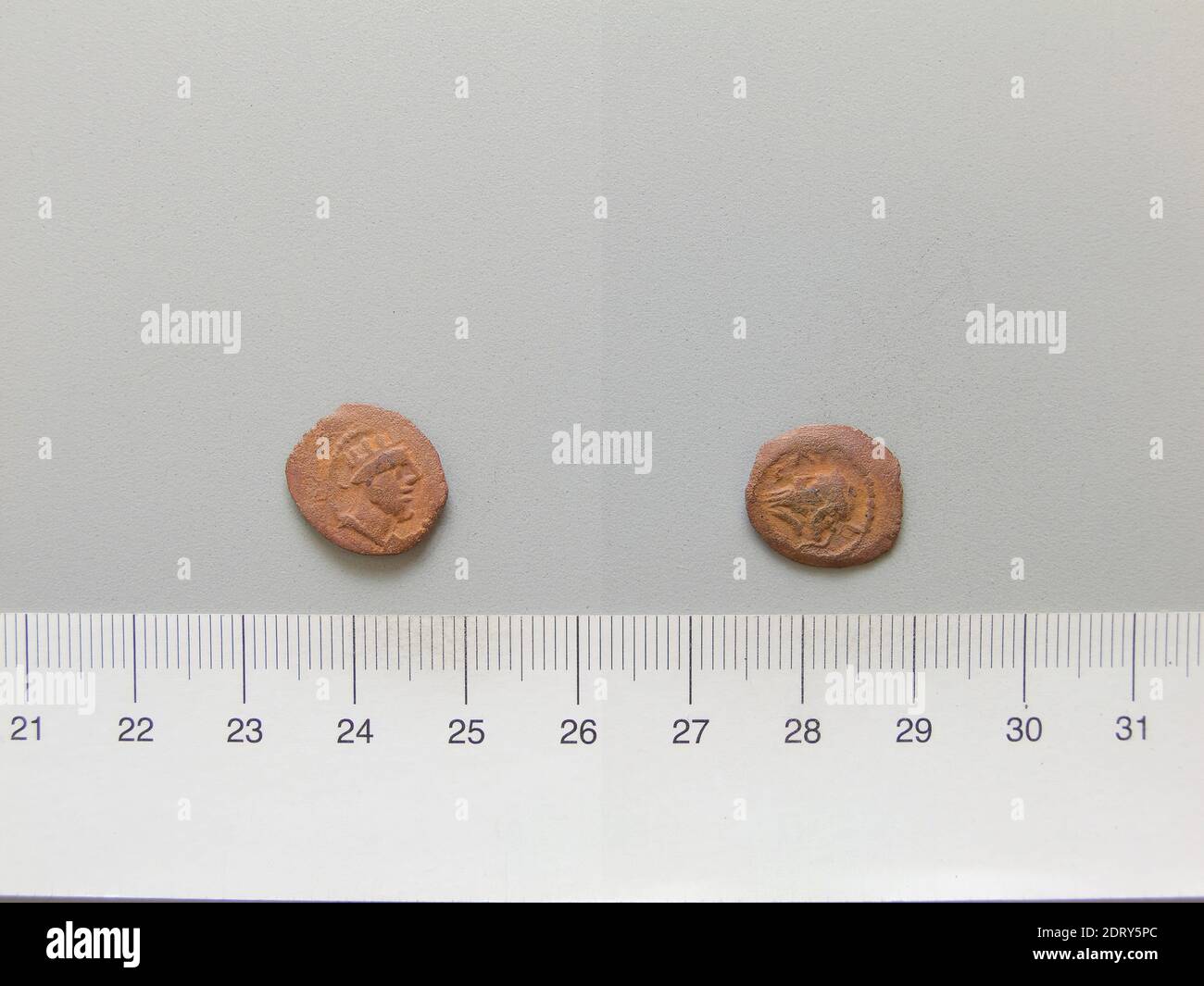
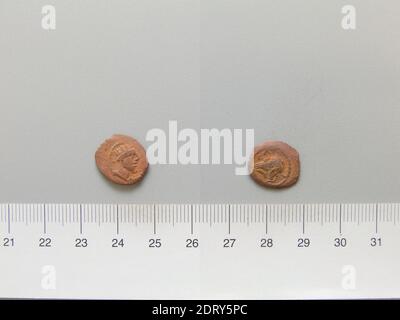
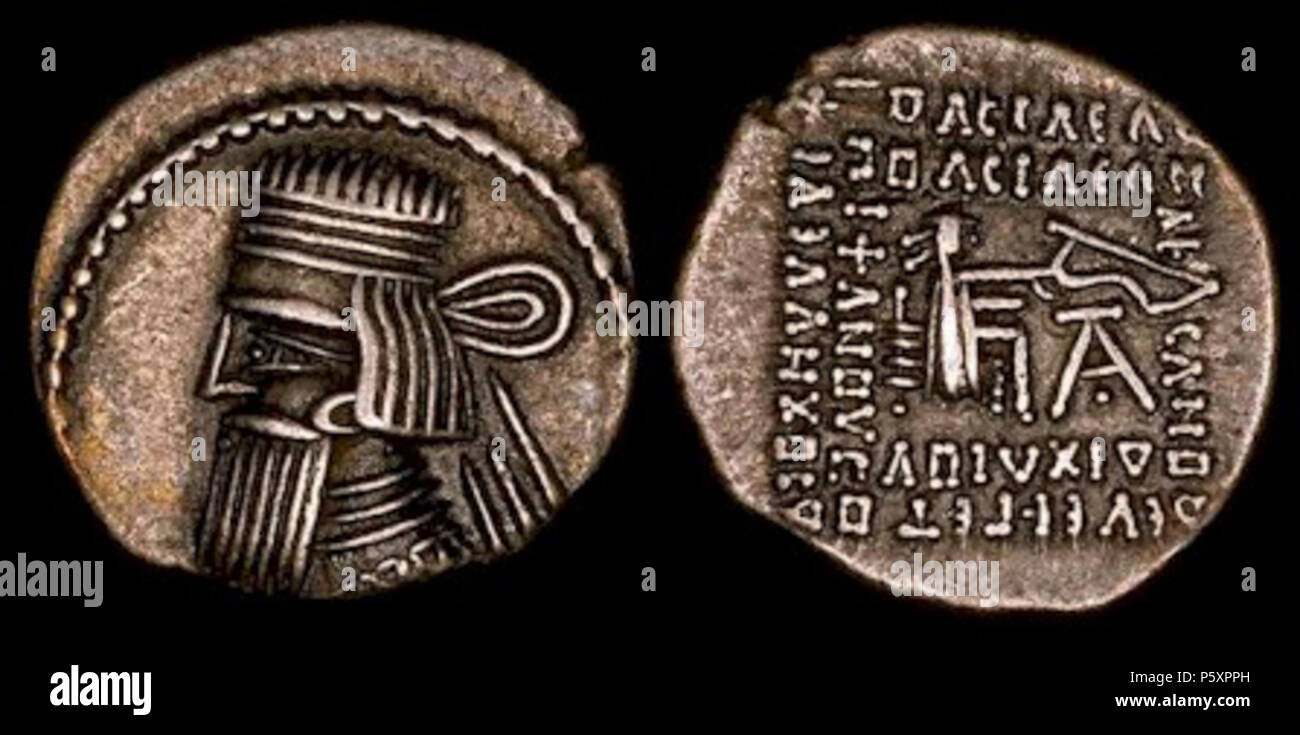



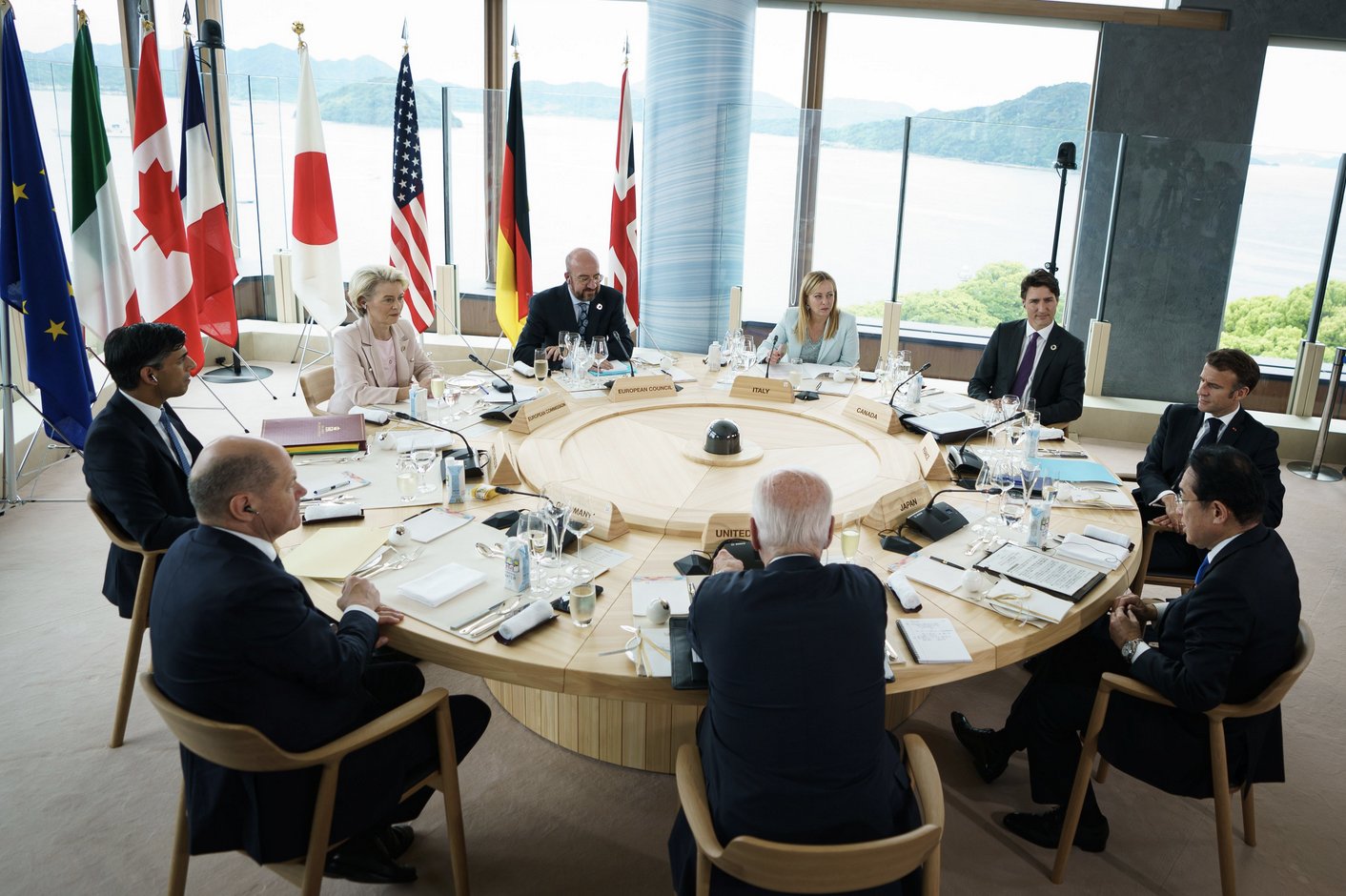
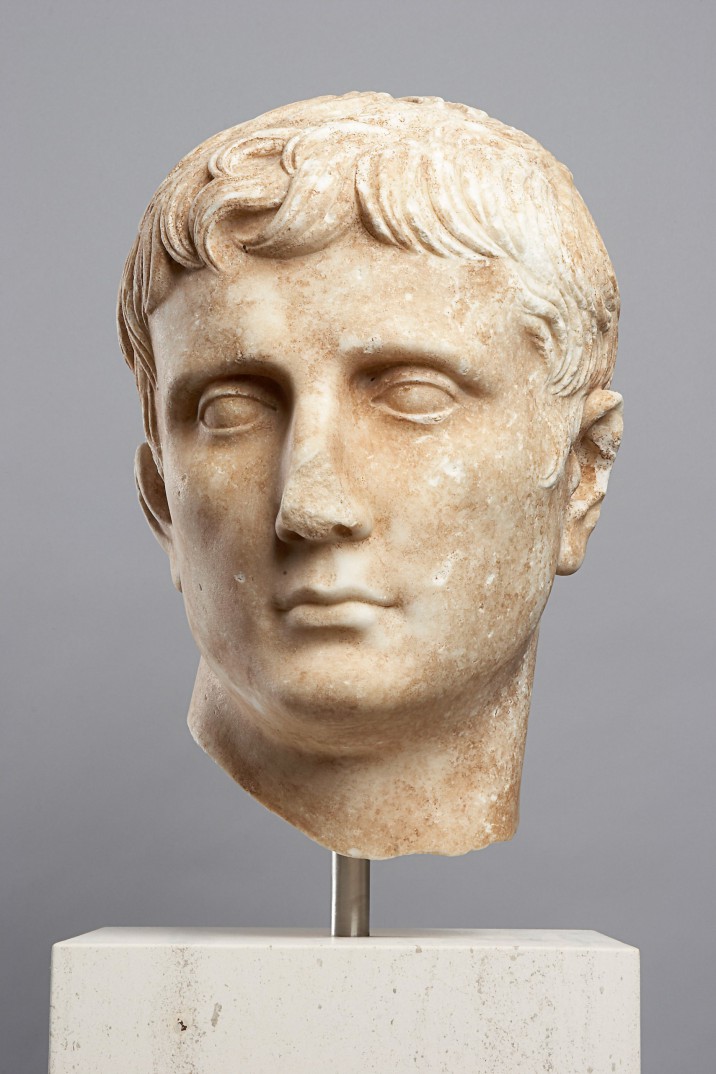


Comments